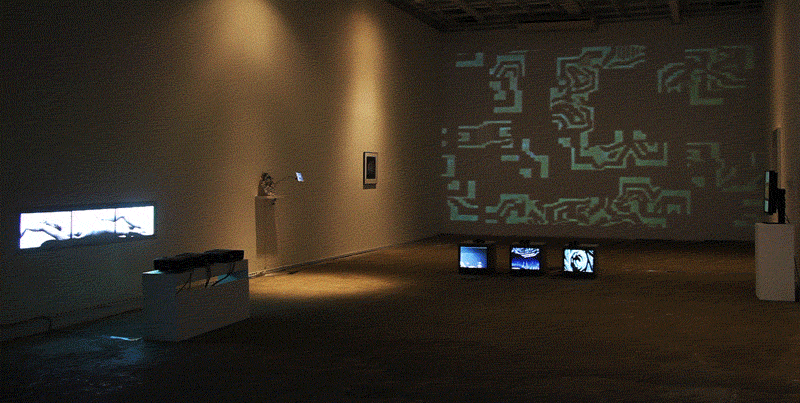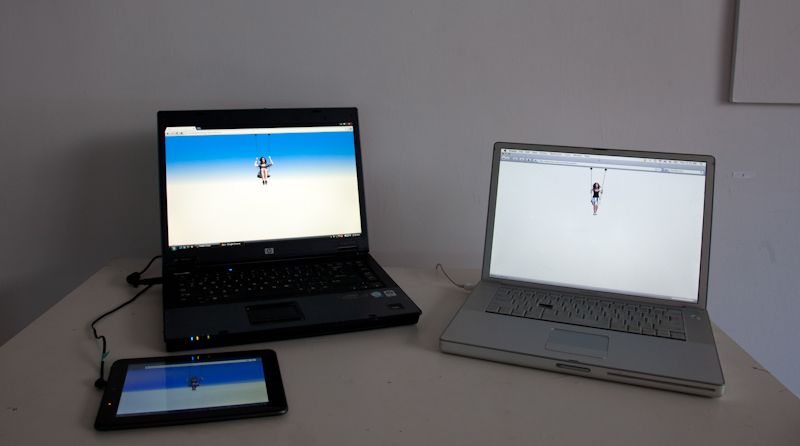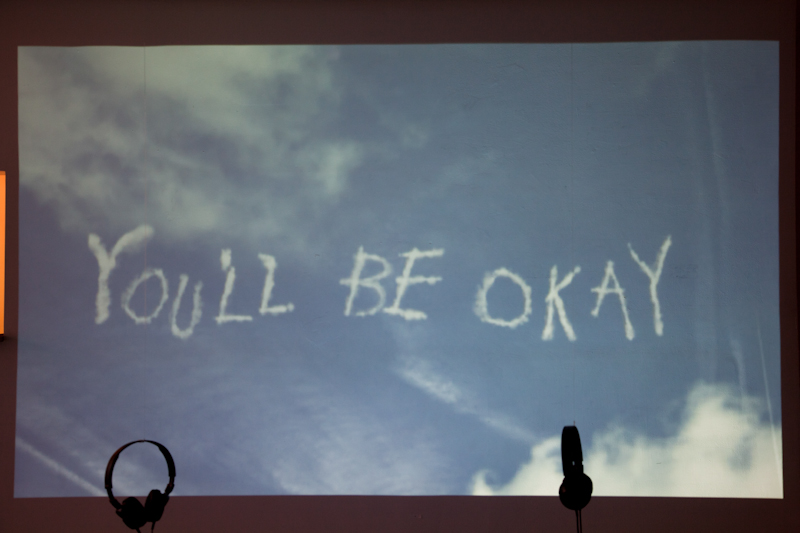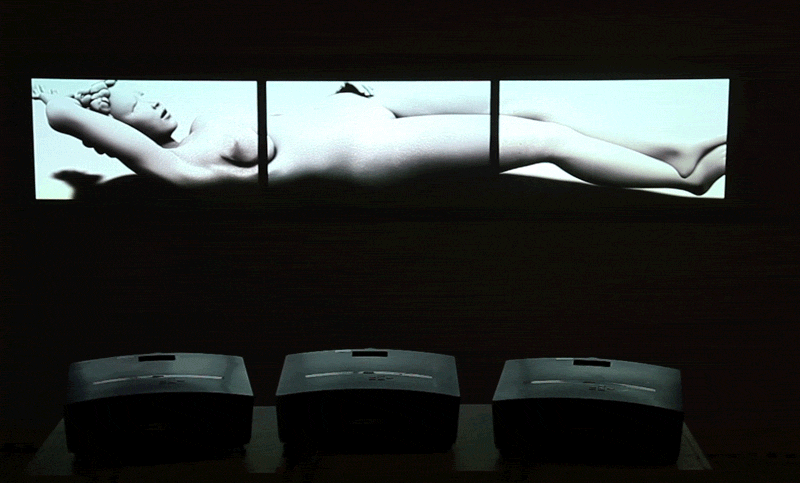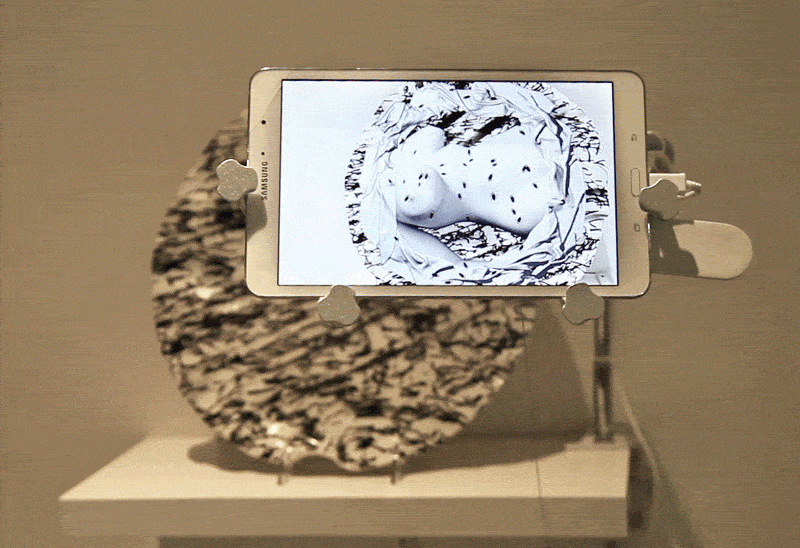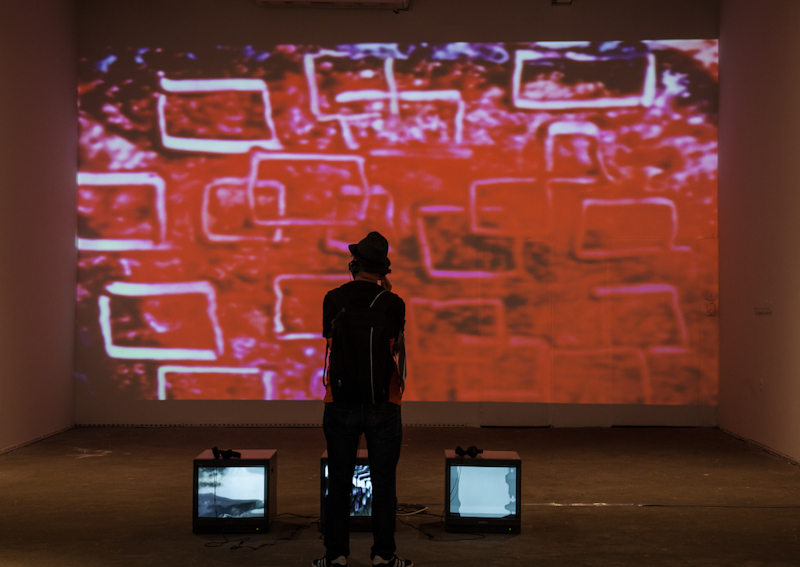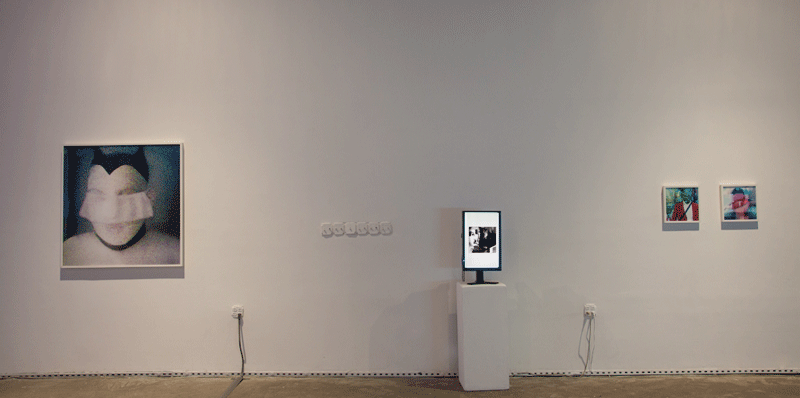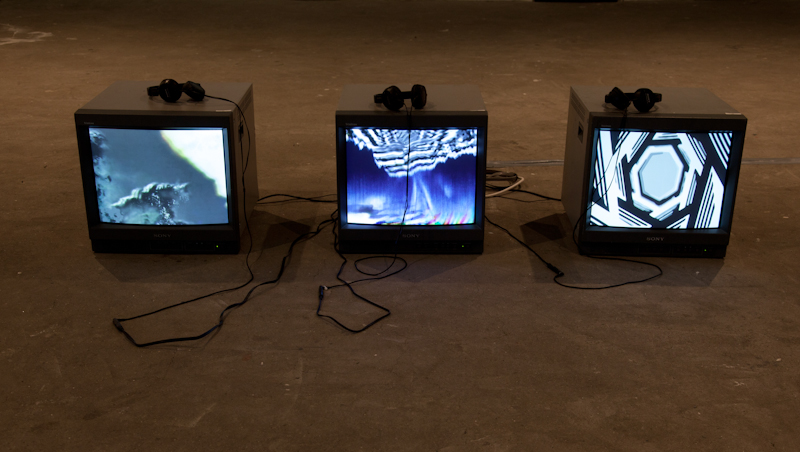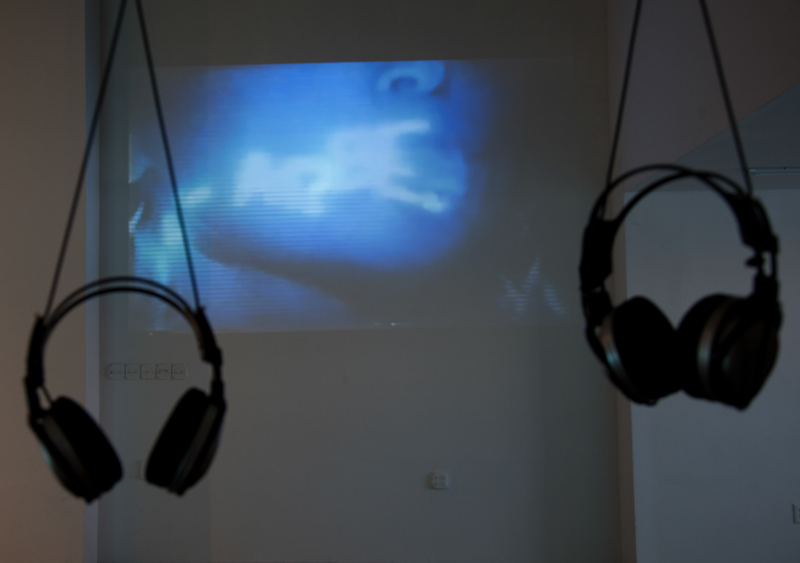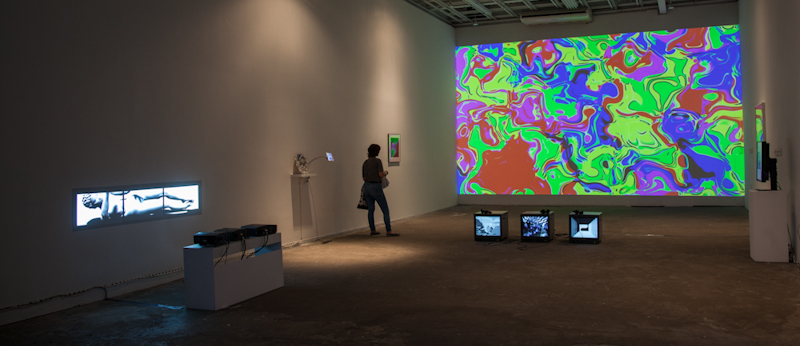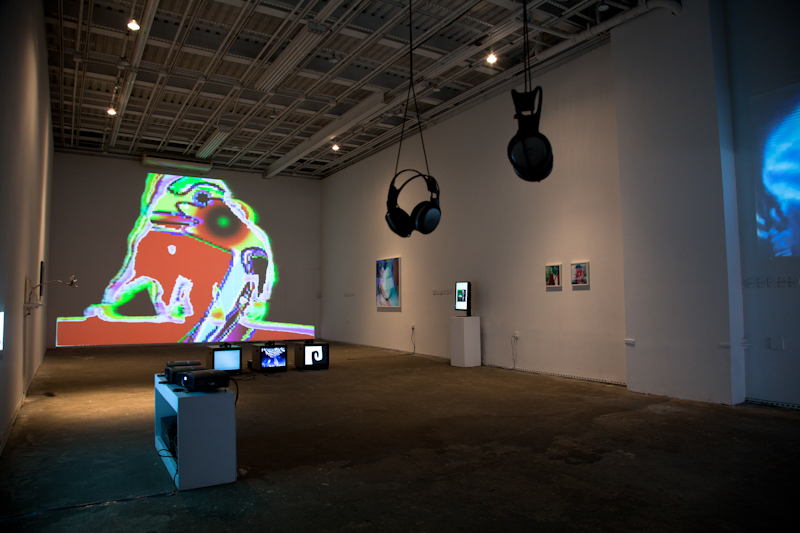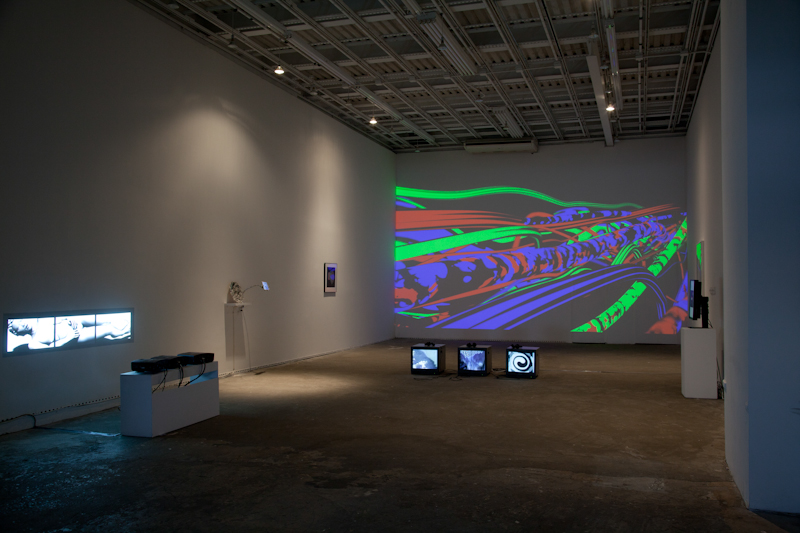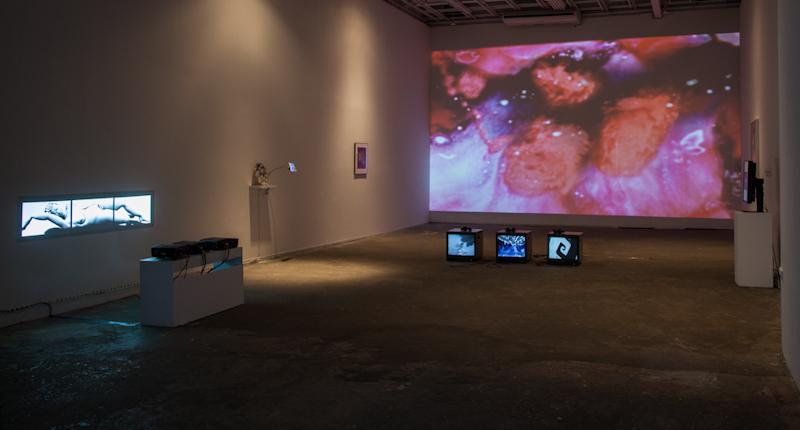Coded After Lovelace (New York)
Coded After Lovelace (New York)
“Artists have always been among the first to reflect on the culture and technology of their time, and decades before the digital revolution had been officially proclaimed, they were experimenting with the digital medium”
– Dr. Christiane Paul, Digital Art (2003) Thames & Hudson.
Coded After Lovelace offers a survey of art that critically reflects on the creative use of technology: its developments and limitations. From the room-sized computers of the Bell Labs era to the tablet-based work of today, these seven artists question the boundary between art and technology. Coded After Lovelace creates a new lineage across artists of different generations.
Artists: Carla Gannis, Claudia Hart, Olia Lialina, Jillian Mayer, Rosa Menkman, Arleen Schloss, Lillian F Schwartz
Long before digital art became a popularized form, Lillian Schwartz used the computer as a tool to create abstract prints and films. An early artist-in-residence at Bell Laboratories, her experiments laid the foundation for future generations of digital artists and practitioners.
In contrast, Arleen Schloss drew from her experience as an active member of the Downtown New York scene. An energetic explorer of new media, Schloss’s work poetically examines language (and more specifically, the alphabet) as a technology, which she performs and materializes using laser projections.
A pioneering net artist and theorist, Olia Lialina was early to recognize the World Wide Web’s potential as a medium for artistic experimentation. Informed by her background in filmmaking, Lialina used what was then a novel format, the GIF, to reflect an emerging web vernacular.
The role of the computer in shifting representational values is key to Claudia Hart’s work on identity and virtuality. Her innovative 3D work subverts the typical iconography adopted by the commercial computer graphics industry and defies expectations with its slow-paced, contemplative, and emotional qualities.
Carla Gannis’s Non-Facial Recognition project challenges surveillance softwares through a playful digital manipulation of social media profile images. Remixing photos sent to her by friends and followers, Gannis transforms photographic portraits into digital assemblages that are no longer merely visual data for military-industrial algorithms.
Through experiments with video compression, feedback, and other forms of noise, Rosa Menkman creates works specific to digital media. Beyond the intentional corruption of various file formats, Menkman’s works, constantly in a state of flux, deconstruct culture, politics, and the history of technology to create unique glitched audio-visuals.
Jillian Mayer’s You’ll Be Okay offers comfort to the viewer faced with a myriad of digital anxieties. Whether it be the impending Singularity-the uploading of our material selves into a nebulous digital cloud–or simply too many push notifications, Mayer paradoxically uses digitally generated images to allay the fears associated with that very technology.
Curated with Nora O’ Murchú.
Coded After Lovelace was presented at Whitebox Art Center (New York).

